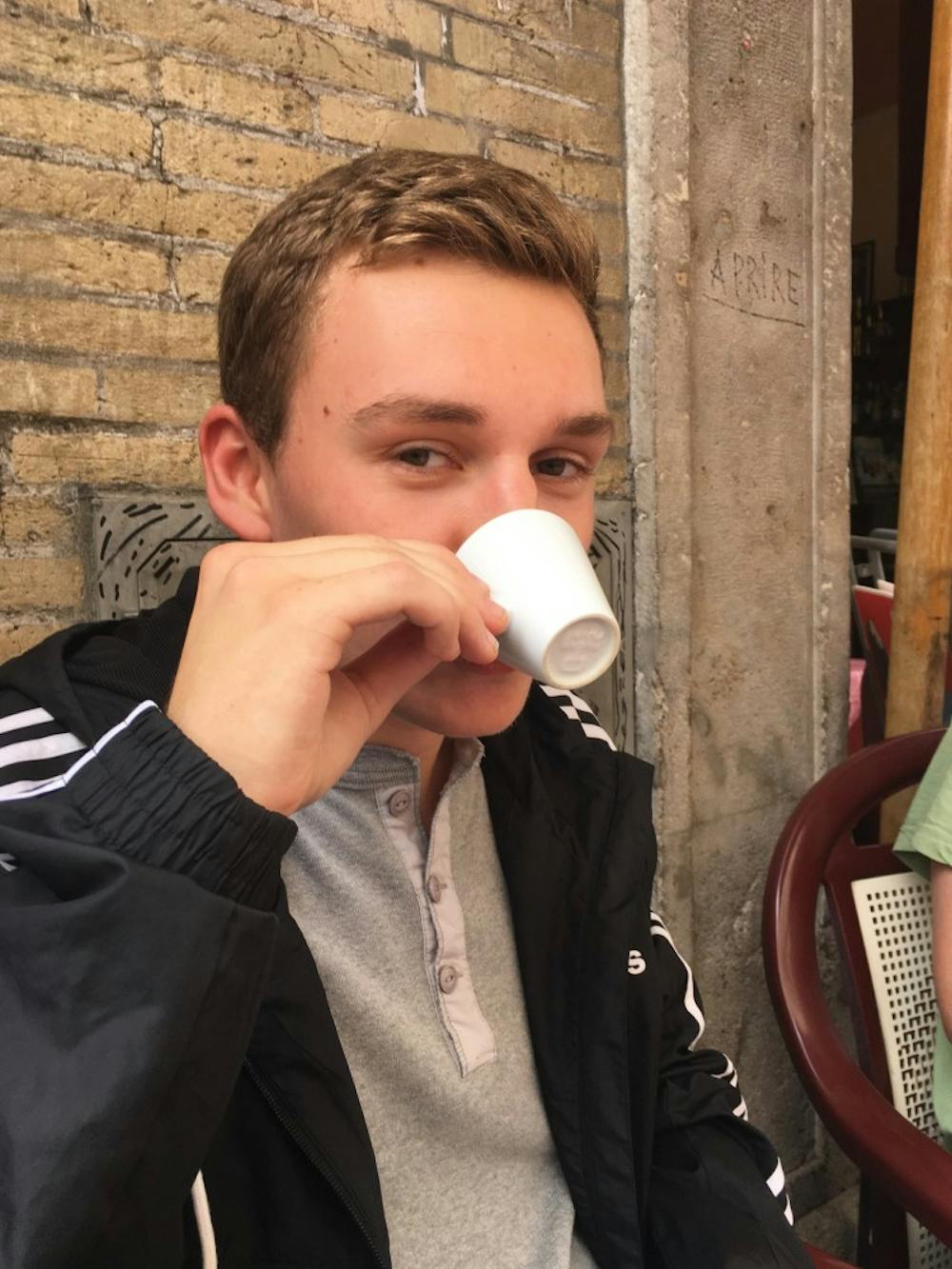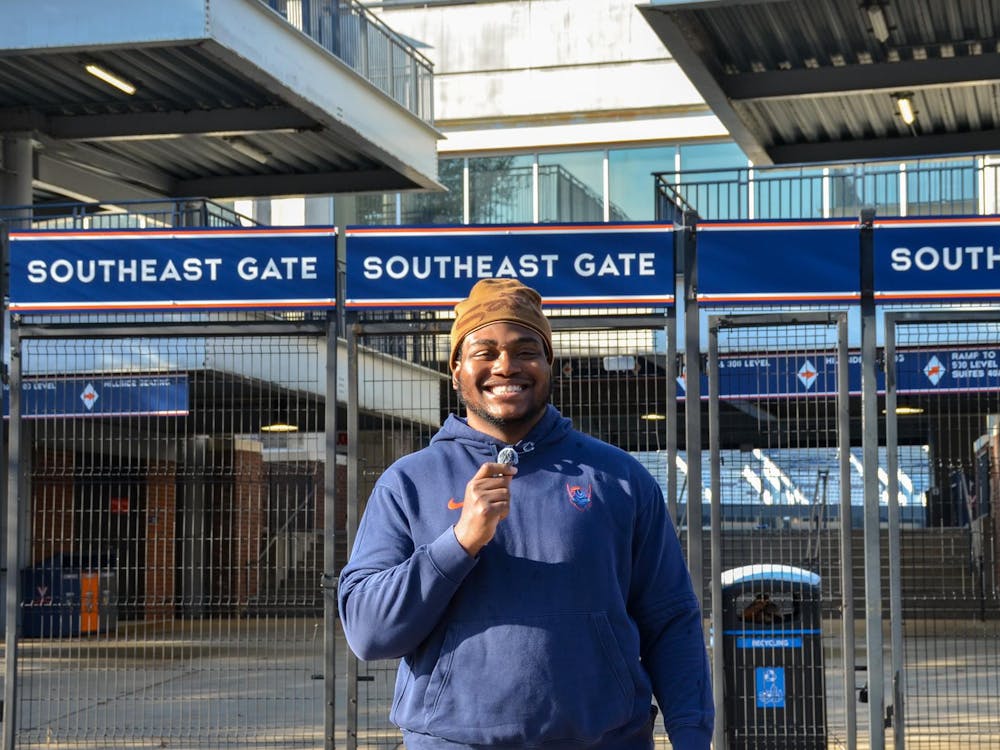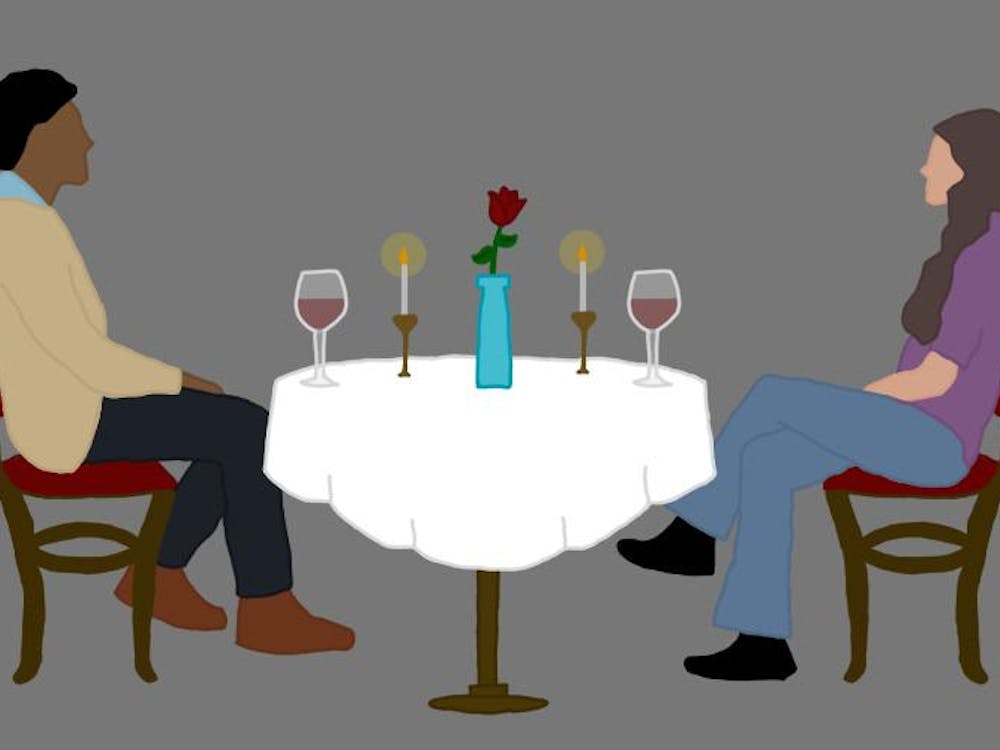Tourists enjoy themselves most in the morning. They take nice, well-composed pictures, and their smiles are authentic. They make earnest, thoughtful comments to each other about the sights they’re seeing. Not yet laden with the day’s to-be-regretted-later souvenir purchases, still enthused by the potential of new discoveries and awash in the glow of a new city, tourists in the morning have a spring in their step and a gleam in their eyes.
By midday the morning’s jovial enthusiasm has faded. Noon, for the tourists, is a quietly ominous hour. Noon brings the first subterranean whispers of hunger, the first pangs of soreness in the feet and the first beads of sweat trickling down between backpack and back. Noon brings the creeping suspicion that Renaissance art isn’t quite as thrilling as Rick Steves made it seem.
As the clock ticks past 3 p.m. the tourist’s situation becomes explosive. The quiet hunger of midday has been ignored for too long and has blossomed into full-fledged irritability. Everyone’s feet ache, and the uneven cobblestone streets — so quaint in the morning — have become a punishing gauntlet of knobs and divots. The area between the back and the backpack has reached Everglades-level moisture.
The decision to wake up at 7 a.m. and “beat the line” to the museum seems like it could only have been made by an entirely different family. The cognitive dissonance between physical discomfort and the idea that vacations ought to be fun has reached a boiling point and the pressure to have a good time only amplifies the discomfort of each step. Children become slightly delirious and parents start saying things like, “Oh for Pete’s sake, honey, that’s a perfectly nice cafe, but if you insist on a different one then I guess we’ll all just have to keep walking!” At that point, the best-case scenario is to find a half-decent restaurant and get some food in everyone’s stomachs — the worst-case scenario is divorce.
In Europe, tourists are everywhere. You can’t swing a selfie stick in Rome without hitting a bewildered foreigner wearing a fluorescent backpack and cargo shorts, speaking loudly and taking a picture on their phone. Even my quaint little Tuscan village of Siena is replete with travel groups looking to soak in the medieval architecture. They roam in packs — groups of 20 at a time — each marked off by matching colorful lanyards and clunky earphones connected to the tour guide’s microphone. They carry their wallets in neck pouches, fanny packs or money belts. Their foreignness would be painfully conspicuous even if they weren’t wearing their backpacks on their fronts. They have a preternatural instinct for standing exactly in between you and the place you’re going.
Tourists are more than just an eyesore — they can do real damage to local economies and culture. Nowhere is this more clear than in Venice, where I visited last month. There, tourists outnumber locals by a staggering 140 to 1. The local population has shrunk from approximately 175,000 to 50,000 since the 1950s. Local businesses have been replaced by tacky souvenir shops. Store windows have more English than Italian. Venice’s canals are achingly, breathtakingly beautiful, but its squares are marred by giant cruise ships lurking just off the shore. It’s so overrun by tourists that it can barely be called a city.
In Siena, locals treat tourists with a dash of the thinly veiled snobbery that Americans so commonly identify with Europeans. Speaking to the grocery store cashier in English earns an eye roll. Sienese soccer fans gently heckle us foreign students in the ticket line. After visiting Venice, I came to appreciate this bristly veneer — it’s indicative of a local culture still robust enough for locals to feel protective. Tourism is an unavoidable fact of life in Siena, but the town remains remote enough that tourism does not define the culture. In Venice, the days of snobbery as a line of defense are long gone. The local culture has completely capitulated to the unending waves of visitors.
Some cities have begun to rebel against the sunburnt masses clogging their streets with more concrete action. In Barcelona, tourism has quadrupled in the last five years, from 7.5 million visitors in 2012 to 30 million last year. Natives have felt the effects — when tourist demand is high, and Airbnbs are more lucrative for landlords than long-term tenants, prices rise and locals are displaced.
The city’s government has responded by halting the construction of new hotels and banning Segways. Citizens have held anti-tourist rallies. As I strolled through Barcelona last month, I was met with much more fire than the mild condescension of the Sienese. “Go home tourists!” proclaimed graffiti on the side of one building. “F—k tourism!” declared another building. When I saw the graffiti, I rejoiced for a split second before realizing, of course, that not 30 seconds before I had been standing on the sidewalk, scrolling through TripAdvisor’s “Best Tapas in Barcelona” list.
My status as a study-abroad student places me in a strange limbo between tourist and native. I cannot convincingly take a side in the struggle. During the week, I curse the wraparound-sunglasses-wearing masses as they obliviously congest the streets of my adoptive home city. I know a shortcut to take around Piazza Salimbeni so as not to have to plow through a pack of ever-present day-trippers. I know to avoid Caffe Nannini between noon and 4 p.m., as it will be swamped with elderly visitors. When I stand on the edge of the touristy Piazza del Campo and eat my biweekly slice of pizza, I feel like David Attenborough or Morgan Freeman, narrating from afar as a pack of feckless penguins waddle around in bewilderment.
But it’s hypocritical of me to come down too hard on the baffled masses. For one, I’ve spent the past six weekends bouncing around western Europe like a pinball, checking off the most cliched sightseeing boxes at every turn. I threw a coin into the Trevi Fountain in Rome. I took a picture on the mosaic benches of Park Guell overlooking Barcelona. I’ve asked for countless English menus. I’ve worn dri-fit shirts in cathedrals. I’ve stood in the middle of the street and stared quizzically at Google Maps on my phone. In a particular moment of weakness, I was such a shameless tourist that I actually went to the Leaning Tower of Pisa.
Most of the time, though, I don't feel like a tourist. Excluding the occasional bout of hedonistic sightseeing, over the last six weeks I have tried as hard as I can to become a part of Sienese and Italian culture on a micro-scale. The most satisfying moments of this semester have been when I’ve felt like I’m succeeding — waiting in line for fresh bread in the morning, rubbing shoulders with the commuters on an early train or buying a sandwich without ever letting on to the cashier that the six words of Italian I just used are the only six words I know. These small, quotidian moments are the valuable ones because the rhythms of quotidian life are what really comprise a culture.
At the same time, my efforts to immerse myself have also left me with the uncomfortable certainty that I cannot possibly become fully immersed during my time here. More than my own traveling, this is why I can’t completely condemn the tourist in good faith. The people of Siena have centuries of Siena coursing through their bloodstreams, and no matter how hard I try I will always be an outsider.
I am more conscientious than the mobs that roam the streets. I try my best to melt into the crowd. But at the end of the day, I’ll probably never know much more than six words of Italian. If tourists are waddling penguins, and locals are a camera crew, then I am a walrus — the penguins might not know the difference, but the camera guys can tell in a heartbeat that I’m certainly not qualified to be narrating the documentary.
The most terrifying part of Siena is the grocery store checkout line. It is ruthlessly efficient, a well-oiled machine built on the back of a half-dozen or so brusque and professional cashiers. For what it’s worth, I think it might be the only thing in all of Italy that I could describe as efficient at all — this is a country where all the stores close for a three-hour siesta in the afternoon.
Like everything in Siena, the grocery store is tucked in a corner where something of its size was never intended to be. Six checkout lines are squeezed into about four square feet of space. It is always crowded. Efficiency is paramount. You put your groceries on the conveyor belt as soon as the person ahead of you leaves an inch of space.
“Bursa?” the cashier asks — in Italy, plastic bags cost extra. You bag your items yourself as the cashier scans them. You pay, ideally, with cash — presenting a card is inevitably met with some small sigh of disapproval, and God forbid you should mistype your pin. Idle chatter yields a grunt from the checkout employee and a cruel stare from the tiny Italian grandmother, who is always behind you in line and always buying 12 pounds of pasta. When properly executed, the process takes seconds.
The first time I went, the process did not take seconds. I was bewildered by every phase of the operation. I was behind from step one because I didn’t occupy conveyor belt space fast enough, then it had to be explained to me that bags cost extra, in English the cashier was loath to use. The pressure mounted as a little Italian grandmother stared a hole in my forehead. I fumbled for my wallet. I dropped coins. I left drenched in sweat, feeling lucky to have escaped with my life.
Now, six weeks later, I am a master of the checkout line. I am a snug-fitting cog in the finely-oiled machine. Every motion has purpose and not a second is wasted. Food goes here, basket there, pay now, bag here, fragile food on top, “Grazie, ciao!” I can do the whole thing without giving away that I’m not quite a local. The little Italian grandmothers smile at me. Is it total immersion? Not by a long shot. But watch me at that checkout line, zoned in, on fire, as if I’d been doing it my whole life, and then compare me to the meandering mobs in the Piazza. I may never be truly Sienese, but that doesn’t mean I have to be a tourist.







